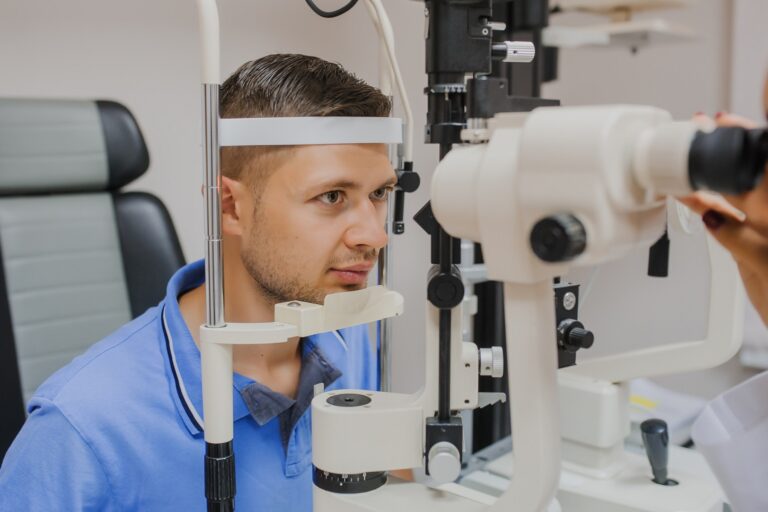As we age and get older or develop certain medical conditions, three common types of cataracts can form that affects our vision. While the term cataract is used as a “catch-all” phrase for all three types, it is important to understand each one.
- Cortical Cataracts: These cataracts are the ones that start in the lens cortex on the outside of the lens and work their way inward. You may notice white coloration around the lens that gradually increases as it grows in size and moves inward.
- Nuclear Cataracts: These are your typical age-related cataracts that form in the nucleus of the eye lens.
- Sub-Capsular Cataracts: This type of cataract is common in people who have diabetes or who are taking steroid medications in large doses or for a prolonged period. The cataract starts to form at the back of the eye lens.
What Are Some Causes for Cataracts?
Aside from aging and diabetes, studies have revealed other factors that can cause cataracts, including:
- Smoking
- High Blood Pressure
- Prolonged Exposure to UV Radiation
- Statin Medications
- Previous Eye Problems/Surgeries
- Alcoholism
- Family History
- Obesity
What Are Some Common Symptoms of Cataracts?
The most obvious symptom of cataracts is blurred vision. Other common symptoms one may experience could include:
- Night Vision Glare
- Colors Look Dim/Dark
- Light Seems Very Bright or Glares
The type of cataract will influence what symptoms you could experience. In some cases, you may not experience any until the cataract is well-formed, and then you notice a change in your vision.
What New Treatments for Cataracts Are Available?
Gone are the days of traditional cataract surgery when an eye surgeon made an incision by hand into the eye to remove the cataract using the process called phacoemulsification. Once the cataract was removed, then an intraocular lens (IOL) was implanted.
Today, there are several new treatments for cataracts available, including:
- Dropless Cataract Surgery: This newer surgery eliminates the need for eye drops as part of your post-operative care.
- Advanced Laser-Assisted Cataract Surgery: This cataract surgery uses lasers to make the incision into the eye. It is very accurate because the surgical processes are bladeless, computer-driven, and very precise.
Are There Different IOL Options?
There are currently four different IOL lens options to choose from:
- Standard: You will still need to wear glasses with this IOL.
- Aspheric: This lens improves vision quality, but you may still need reading glasses.
- Astigmatism Correcting: This IOL corrects astigmatism, and you may still need glasses for near vision.
- Presbyopic Correcting: This IOL corrects vision at all distances and can eliminate needing glasses.
Is Cataract Eye Surgery My Only Option?
While glasses and other options can be used when cataracts first start to form, they will not be able to resolve this condition. Cataract eye surgery will still need to be performed, eventually, to remove cataracts from the eyes.
It is highly recommended to seek surgery sooner rather than later. The longer you wait, the worse your vision can become. Not to mention, removing the cataract can take longer and result in a longer recovery period.
How Do I Know if I Have Cataracts or Some Other Vision Problem?

To find out if you have cataracts, you will want to schedule a cataract vision exam. This exam will determine whether you have cataracts or some other vision problem. If you have cataracts, then you will want to schedule a cataract eye surgery consultation to discuss which of the new treatments for cataracts would work best for you.
To schedule your cataract exam or cataract surgery consultation in San Luis Obispo, Santa Maria or Paso Robles, please feel free to call ADV Vision Centers at (805) 987-5300 today!








